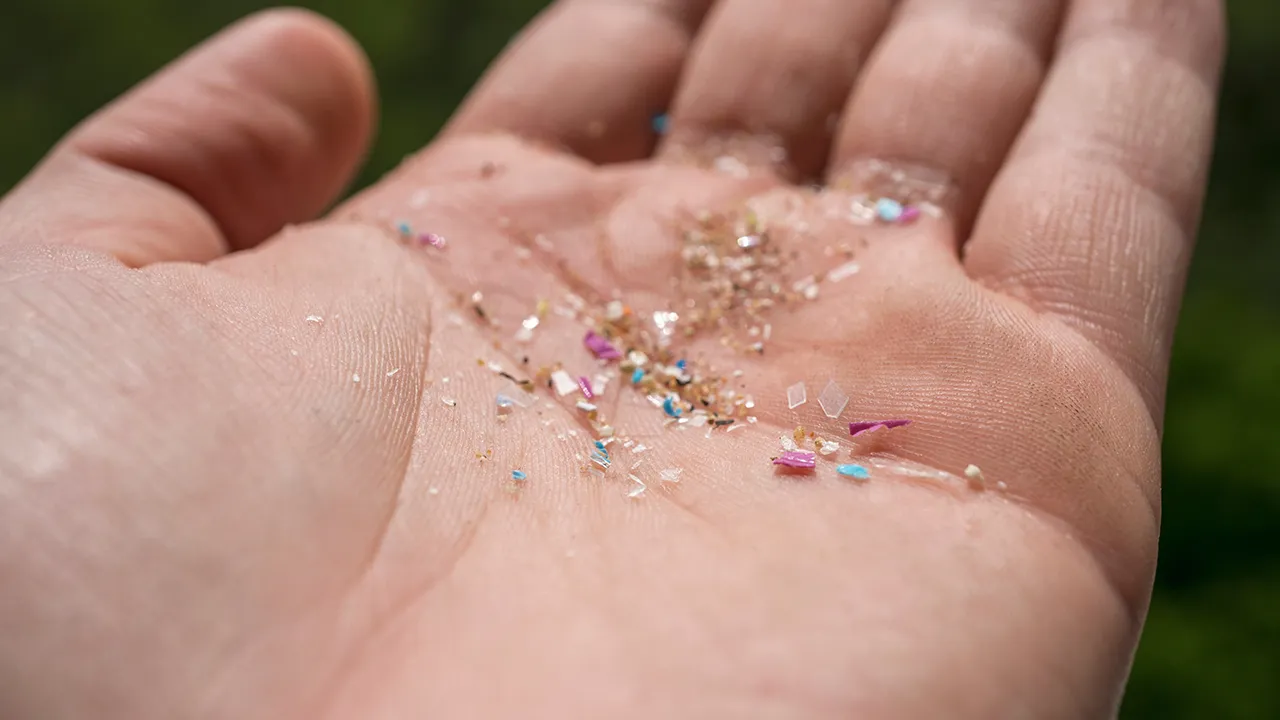
EcoPure® vs. Oxo-Degradable Plastics: The Clear Difference
Sustainability is reshaping the plastics industry. With growing consumer awareness, government regulations, and global efforts to reduce pollution, manufacturers are under pressure to make their products more environmentally responsible. Unfortunately, not every solution marketed as “biodegradable” or “eco-friendly” delivers what it promises. A prime example is oxo-degradable plastics — materials designed to fragment rather than fully biodegrade.
EcoPure® represents a fundamentally different approach. Backed by third-party testing and international standards, EcoPure® enables true microbial biodegradation while avoiding the pitfalls of oxo-degradables. Understanding this distinction is essential for manufacturers navigating today’s complex sustainability landscape.
What Exactly Are Oxo-Degradable Plastics?
Oxo-degradable plastics are conventional polymers, usually polyethylene (PE) or polypropylene (PP), mixed with additives that accelerate oxidation. When exposed to heat, UV light, or mechanical stress, these additives cause the plastic to fragment. At first glance, this looks like progress — the plastic seems to disappear more quickly than untreated plastics.
But appearances are deceiving. Oxo-degradables don’t actually biodegrade. Instead, they fragment into microplastics: tiny polymer particles that persist indefinitely in the environment.
Key facts about oxo-degradables:
- They require specific conditions (UV light or high heat) that may not occur in landfills or natural environments.
- They do not undergo microbial digestion. The polymer backbone remains intact, just in smaller pieces.
- They contaminate recycling streams, lowering the quality of recycled plastics.
Why Regulators Are Banning Oxo-Degradables
Scientific evidence has made it clear: oxo-degradables are not a sustainable solution. Studies have shown that they fail to fully biodegrade in marine environments, soil, or landfills, instead creating widespread microplastic pollution.
As a result:
- The European Union has restricted the use of oxo-degradable plastics under the Single-Use Plastics Directive.
- NGOs and environmental groups have issued warnings about the misleading claims surrounding oxo-degradables.
- Brands and retailers are moving away from oxo-degradable packaging to avoid reputational and regulatory risks.
- For manufacturers, this shift signals that investing in oxo-degradable technology is not only environmentally unsound but also commercially risky.
EcoPure®: A Different Path Forward
EcoPure® is an organic additive blended into conventional plastics during manufacturing. Unlike oxo-degradable additives, EcoPure® does not rely on oxidation or fragmentation. Instead, it works at the microbial level, making the polymer chains accessible to bacteria and archaea in biologically active environments like landfills.
Here’s how it works:
- Biofilm Formation – EcoPure® creates surface conditions that allow microbes to attach and form colonies.
- Polymer Accessibility – The additive alters sections of the plastic’s carbon backbone, enabling microbes to penetrate the material.
- Microbial Digestion – Microorganisms break down the polymer bonds, consuming the carbon as food.
- End Byproducts – The result is complete biodegradation into CO₂ (aerobic), methane (anaerobic), water, and biomass — with no microplastic residue.
This is a crucial distinction. EcoPure® doesn’t make plastics fragment; it allows them to be biologically consumed.
The Microplastic Question
For consumers, microplastics are a top concern. Found in oceans, soils, and even drinking water, they are linked to long-term environmental and health risks. The question every manufacturer faces is: does your plastic contribute to microplastic pollution?
- Oxo-degradables: Yes. They break into microplastic fragments that persist indefinitely.
- EcoPure®: No. The plastic is consumed by microbes and converted into natural byproducts, leaving no polymer fragments behind.
This difference is not only technical but also reputational. Brands using EcoPure® can confidently assure customers that their products do not add to the microplastics crisis.
Why the Difference Matters for Manufacturers
The plastics industry is in a period of transition, and credibility is everything.
Manufacturers relying on outdated or misleading technologies risk:
- Regulatory penalties for noncompliance.
- Reputational damage from greenwashing accusations.
- Lost opportunities as retailers and consumers shift toward proven sustainable solutions.
By contrast, adopting EcoPure® allows manufacturers to:
- Provide verifiable test data to support biodegradability claims.
- Stay ahead of regulatory requirements in both domestic and international markets.
- Build consumer trust by addressing concerns about microplastics.
The choice between oxo-degradable additives and EcoPure® is not just a technical decision — it’s a sustainability commitment. Oxo-degradables may seem to offer a solution, but they merely mask the problem by breaking plastics into microfragments that never truly disappear. EcoPure®, by contrast, ensures that plastics undergo full microbial biodegradation, leaving behind only natural byproducts.
For manufacturers, the clear difference is both scientific and strategic. EcoPure® provides the path to genuine sustainability, regulatory compliance, and consumer trust — without the hidden costs and environmental risks of oxo-degradable plastics.


